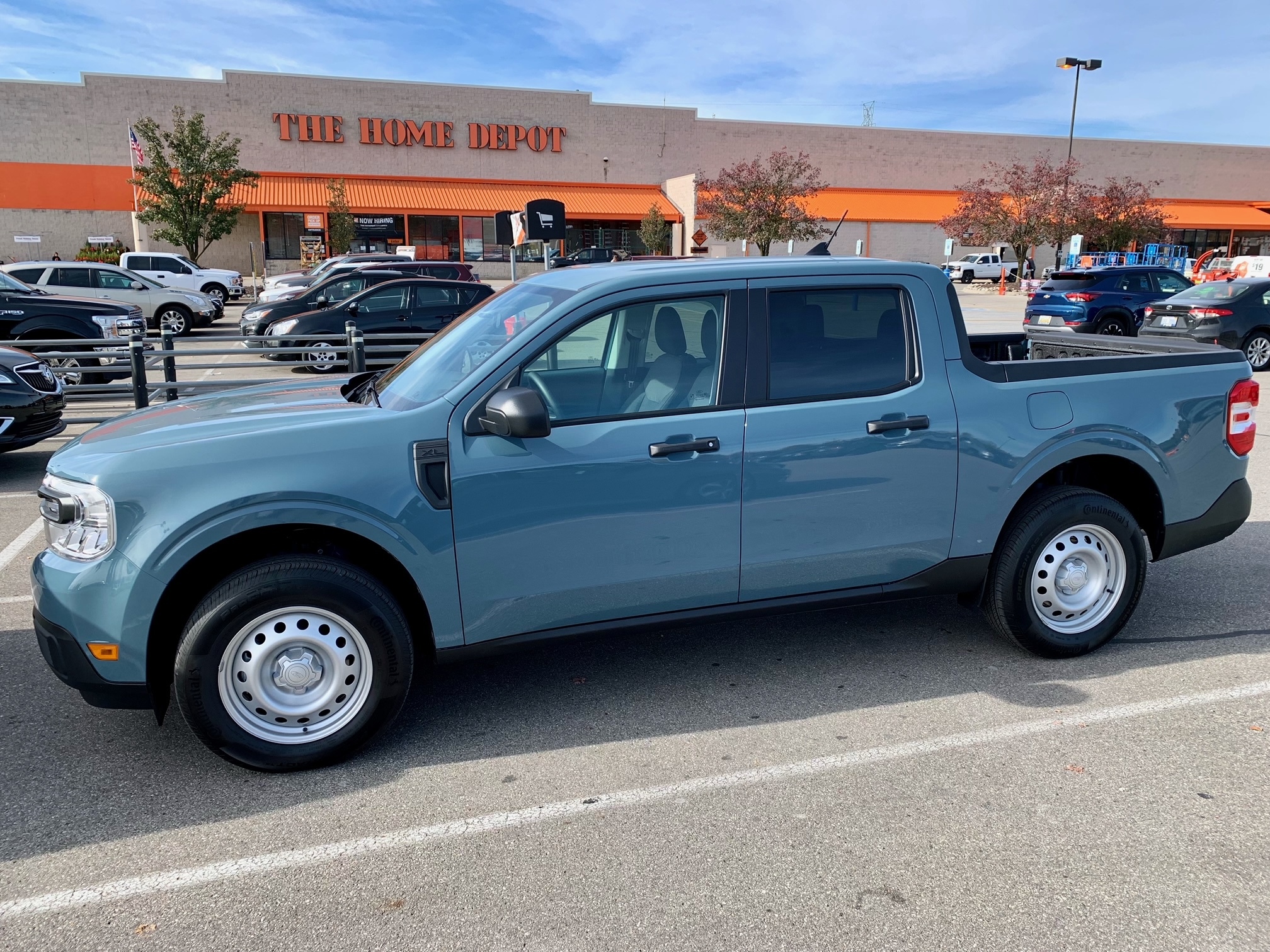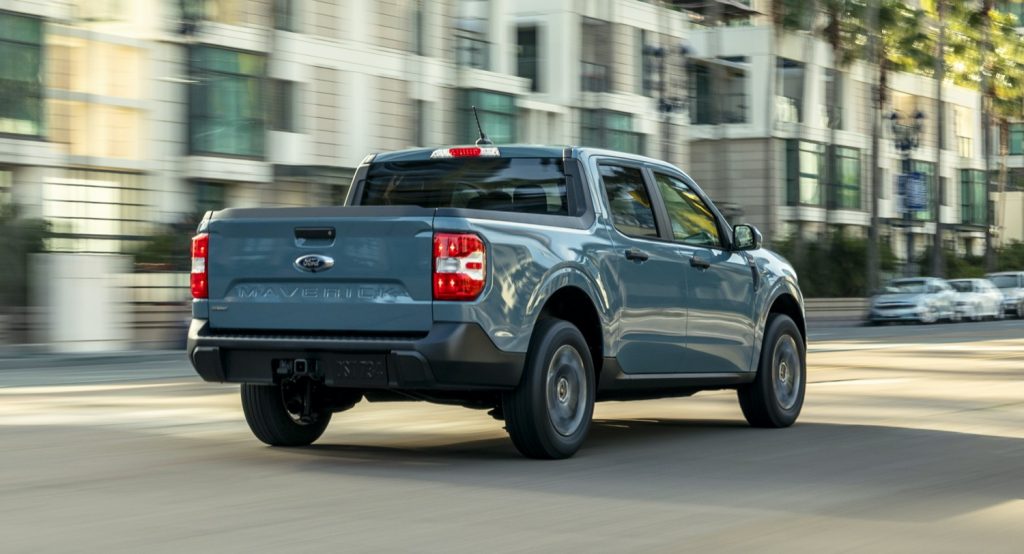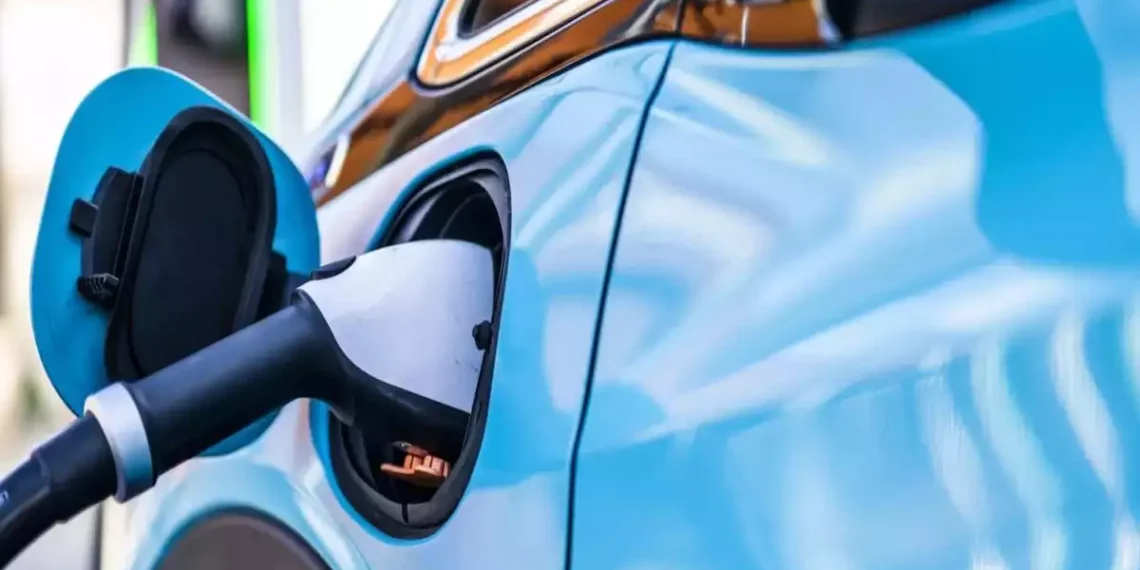As gas-electric hybrid vehicle sales soar and demand for electric vehicles (EVs) cools, automakers are redirecting their focus toward hybrid technology. Responding to increased consumer interest, automakers and suppliers are expanding production capacity for gasoline-electric and plug-in hybrid vehicles in the U.S. market.
This shift represents a departure from previous plans to phase out hybrid models in favor of all-electric fleets, as highlighted by General Motors and other major automakers.
Sales of hybrids have surged, growing five times faster than EV sales in February according to Morgan Stanley. Notably, the plug-in hybrid version of the Jeep Wrangler SUV accounted for half of total U.S. Wrangler sales in the latter half of 2023, a significant increase from the first half of the year.

Ford Motor also experienced a nearly 37% rise in hybrid sales during the initial two months of the year, largely driven by the popularity of the hybrid Maverick compact truck.
Dealerships across the country are witnessing a similar trend, with the hybrid Maverick emerging as a top seller. In response to escalating demand, Ford has expedited production by adding a third shift to its manufacturing operations.

This shift towards hybrids presents a challenge to the Biden administration‘s pro-EV climate policies, which aim to accelerate the transition to electric vehicles. However, industry experts suggest that hybrids offer a profitable pathway for reducing CO2 emissions, especially in the event of a regulatory shift in future administrations.
Investments in hybrid technology are not limited to automakers, as suppliers like Schaeffler are also making significant long-term commitments. Schaeffler plans to invest $230 million in a new factory to expand the production of electric axles used in hybrid drive systems.
The rise in hybrid demand underscores a broader shift in consumer preferences, signaling a potential renaissance for hybrid vehicles in the automotive market.





